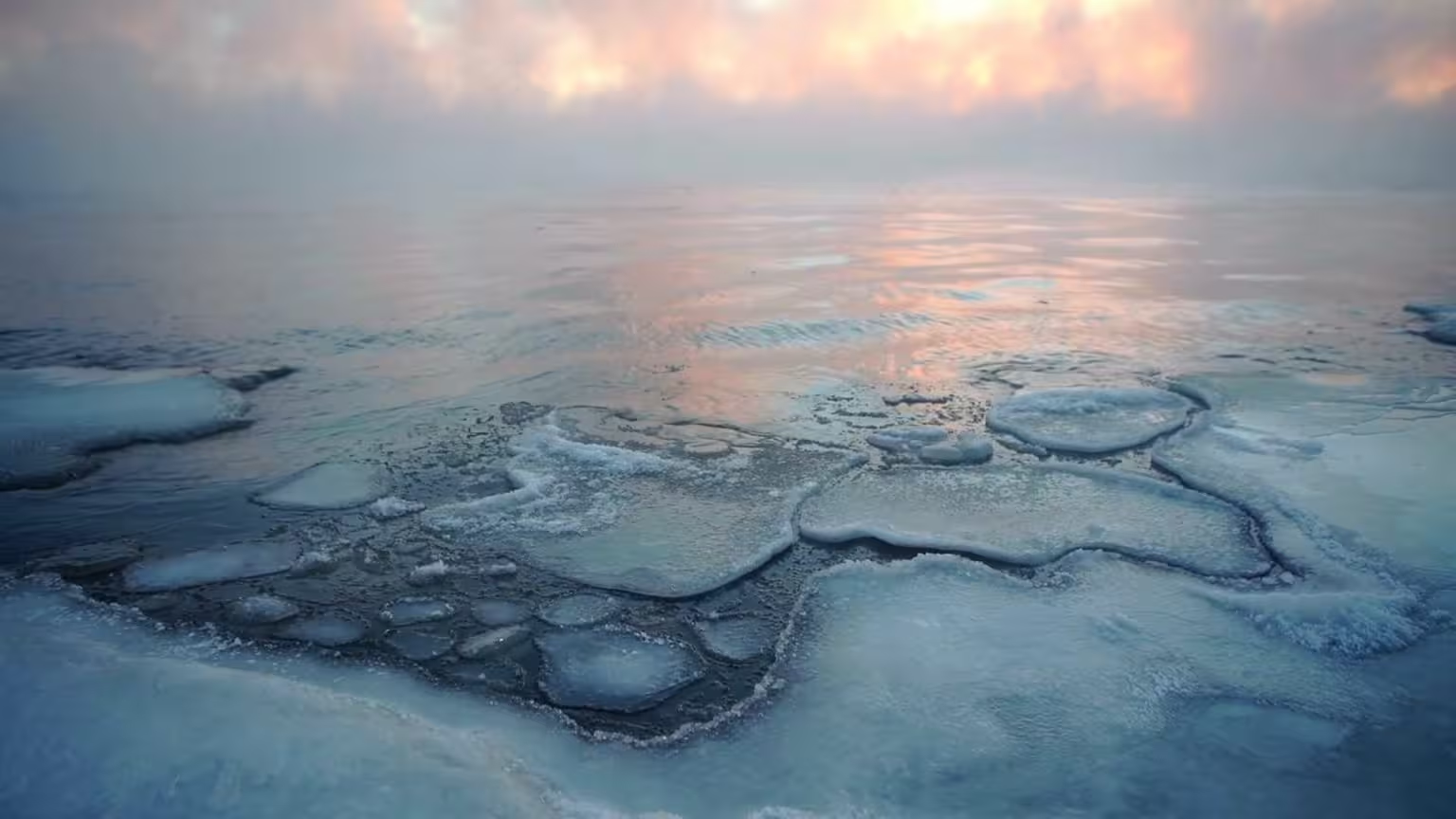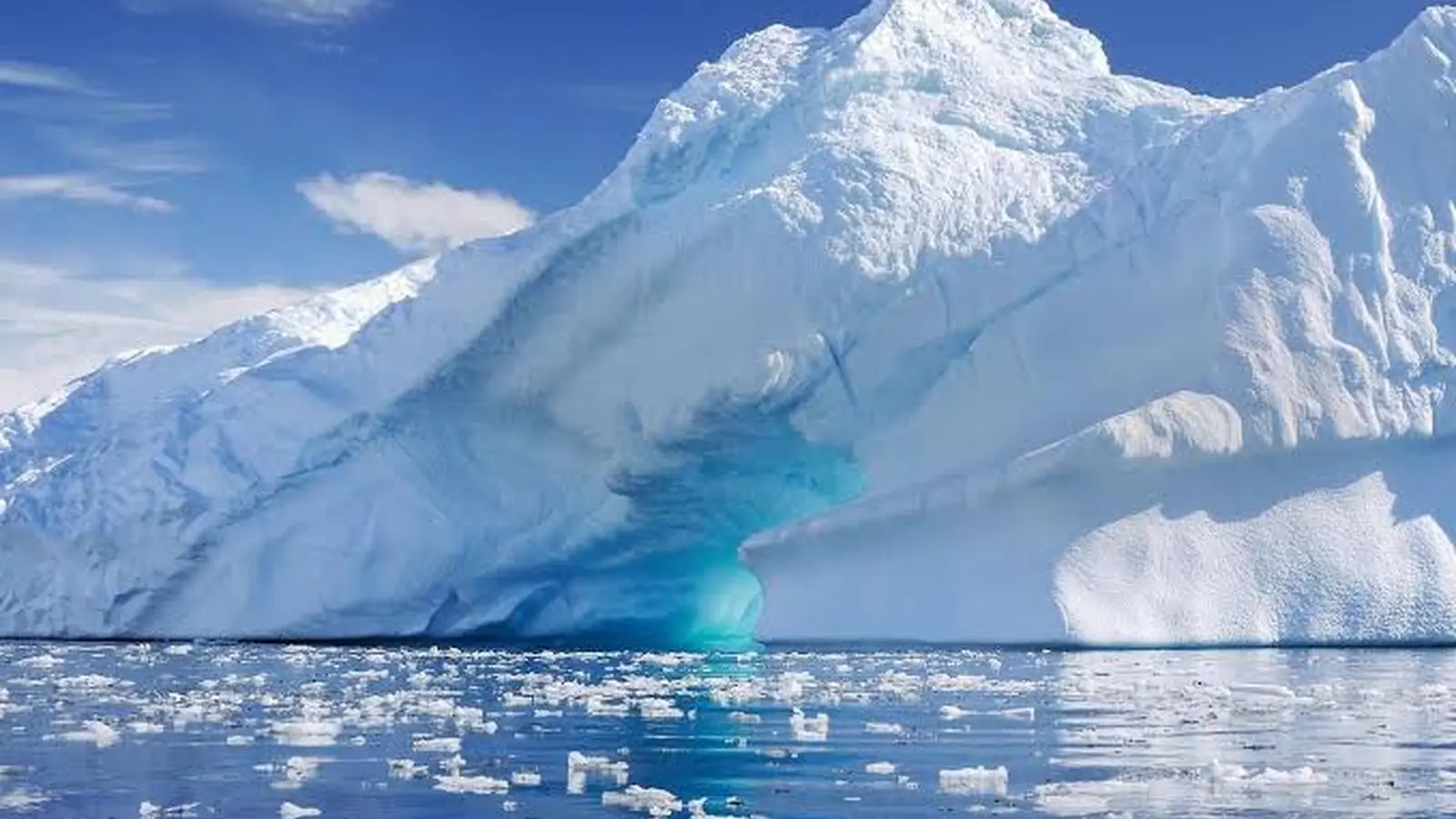5 Minutes
New research warns Antarctica is slipping toward rapid, interconnected shifts that could reshape global climate, ocean circulation and coastal futures. Unless emissions fall fast, some Antarctic changes may become irreversible and drive large sea-level rise.
New research reveals that Antarctica is undergoing a series of rapid, interconnected shifts that could soon reshape the planet’s climate and oceans. Scientists warn these changes may already be pushing critical systems beyond recovery.
Why scientists are sounding the alarm
Teams from the Australian National University and the University of New South Wales, together with Australia’s leading Antarctic research centres, published findings in Nature detailing a pattern of fast-moving, linked changes across Antarctic ice, ocean and ecosystems. The core concern: multiple systems are showing signs of approaching tipping points — thresholds beyond which change accelerates and becomes effectively irreversible on human timescales.
Lead author Dr. Nerilie Abram, now Chief Scientist at the Australian Antarctic Division, cautions that small increments of additional warming can produce outsized responses in the Antarctic environment. One particularly vulnerable feature is the West Antarctic Ice Sheet (WAIS). If large portions of the WAIS were to disintegrate, global sea levels could climb by more than three metres, threatening millions living in coastal cities and low-lying regions worldwide.
How Antarctic shifts are linked — and why that matters
Changes across the continent don’t happen in isolation. The study emphasizes that ice loss, sea-ice decline, ocean circulation slowdown and ecosystem stress are interdependent. For example, Antarctic sea ice helps shield floating ice shelves from wave action. When sea ice retreats earlier in the year, the resulting exposure leaves ice shelves more vulnerable to erosion and wave-driven collapse.

Sea ice, heat retention and regional warming
Sea ice acts like a reflective blanket, bouncing sunlight back to space. Loss of that blanket increases how much solar heat the Southern Ocean and the atmosphere absorb, amplifying regional warming. That warming, in turn, can accelerate melt of ice shelves and grounded ice behind them, creating feedbacks that reinforce further loss.
Southern Ocean circulation and nutrient recycling
The Antarctic overturning circulation — the process that brings deep, nutrient-rich waters back to the surface — is another fragile component. A substantial slowdown or collapse of this circulation would trap nutrients on the seafloor, reducing productivity at the surface and disrupting marine food webs, from microscopic phytoplankton to krill, penguins and seals.
Consequences for ecosystems and people
Altered sea ice and ocean conditions carry direct risks to Antarctic wildlife. Emperor penguins, for example, rely on stable sea ice during the breeding season; earlier sea-ice breakup has already caused localised breeding failures and colony collapses. Krill populations, a keystone species for Southern Ocean food webs, are sensitive to changes in temperature and acidity; declines would ripple upward through the ecosystem.
For nations like Australia, the implications are practical and serious. Professor Matthew England of UNSW warns that faster sea-level rise threatens coastal communities, while a warmer, less-oxygenated Southern Ocean would be less effective at absorbing atmospheric CO2, making global warming harder to rein in. Regional warming tied to sea-ice loss could also amplify heat extremes on nearby continents.
Policy and scientific context: where does this leave us?
Researchers stress that traditional conservation and treaty-based protections for Antarctica remain critical, but are not sufficient to halt climate-driven tipping points. The only reliable way to prevent the most severe abrupt shifts is rapid, deep cuts to greenhouse-gas emissions — ideally keeping global warming as close to 1.5°C above pre-industrial levels as possible.
Science teams are also calling for improved monitoring and targeted research: higher-resolution ice-sheet models, expanded observations of ocean circulation, and long-term ecological studies to detect early-warning signs. These investments would sharpen projections and inform coastal planning, disaster risk reduction and biodiversity management.
Expert Insight
"What we’re seeing in Antarctica is not a distant curiosity — it’s a dynamic component of the Earth system with direct consequences for people everywhere," says Dr. Maya Hendricks, a climate oceanographer (fictional) who has worked on Southern Ocean observations. "Even modest regional changes can cascade: slower circulation affects fisheries and carbon uptake, while ice-sheet instability changes coastlines for centuries. That’s why monitoring and mitigation must go hand in hand."
Experts recommend integrating Antarctic risk assessments into national adaptation plans, updating sea-level projections used for infrastructure design, and accelerating global emissions reductions to reduce the likelihood of crossing irreversible thresholds.
Antarctica’s future now depends on a mix of global policy choices and continued scientific vigilance. The evidence suggests that some changes are already underway; how rapidly and extensively they unfold will depend largely on the near-term trajectory of greenhouse-gas emissions.
Source: scitechdaily
Comments
atomwave
wait, is this even true? sounds dramatic but 3m sea rise from WAIS collapse would change everything. Need clearer odds tho...
labcore
This is terrifying... Antarctica acting up could flip so many things at once. If emissions dont drop fast, coastal futures are toast. Ugh


Leave a Comment